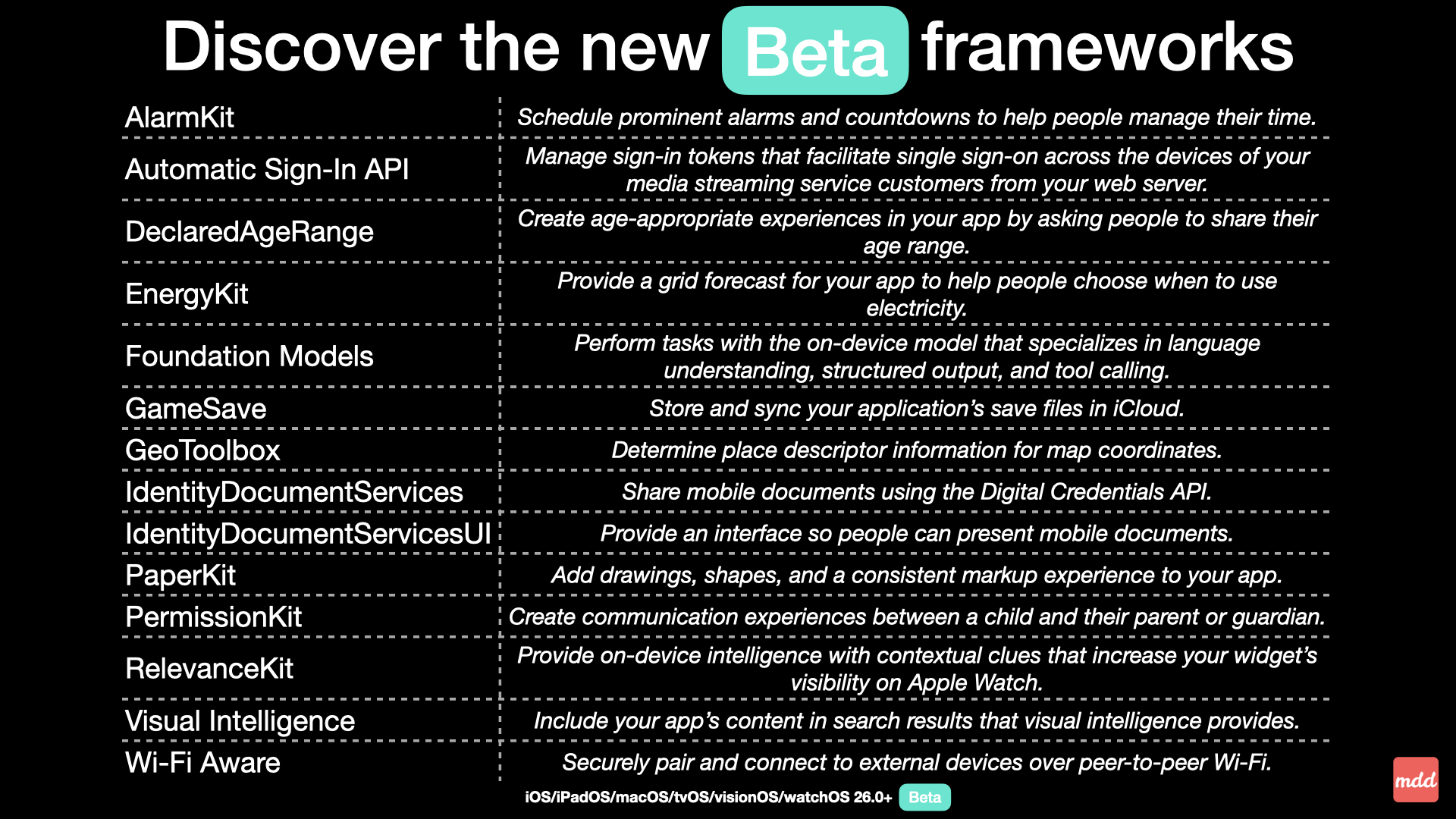
Say hello to the Apple's new Liquid Glass design
At this year’s WWDC, Apple introduced a major visual update the “Liquid Glass” design - a dynamic new material arriving with iOS 26. Yes, you read that right: all the rumours were true, and we’re jumping straight from iOS 18 to iOS 26. How do I feel about the new design? Honestly, I like it. I did a small side by side comparison using Simulator between iOS 18 and iOS 26. The new look speaks to me more. It feels more modern… ...



